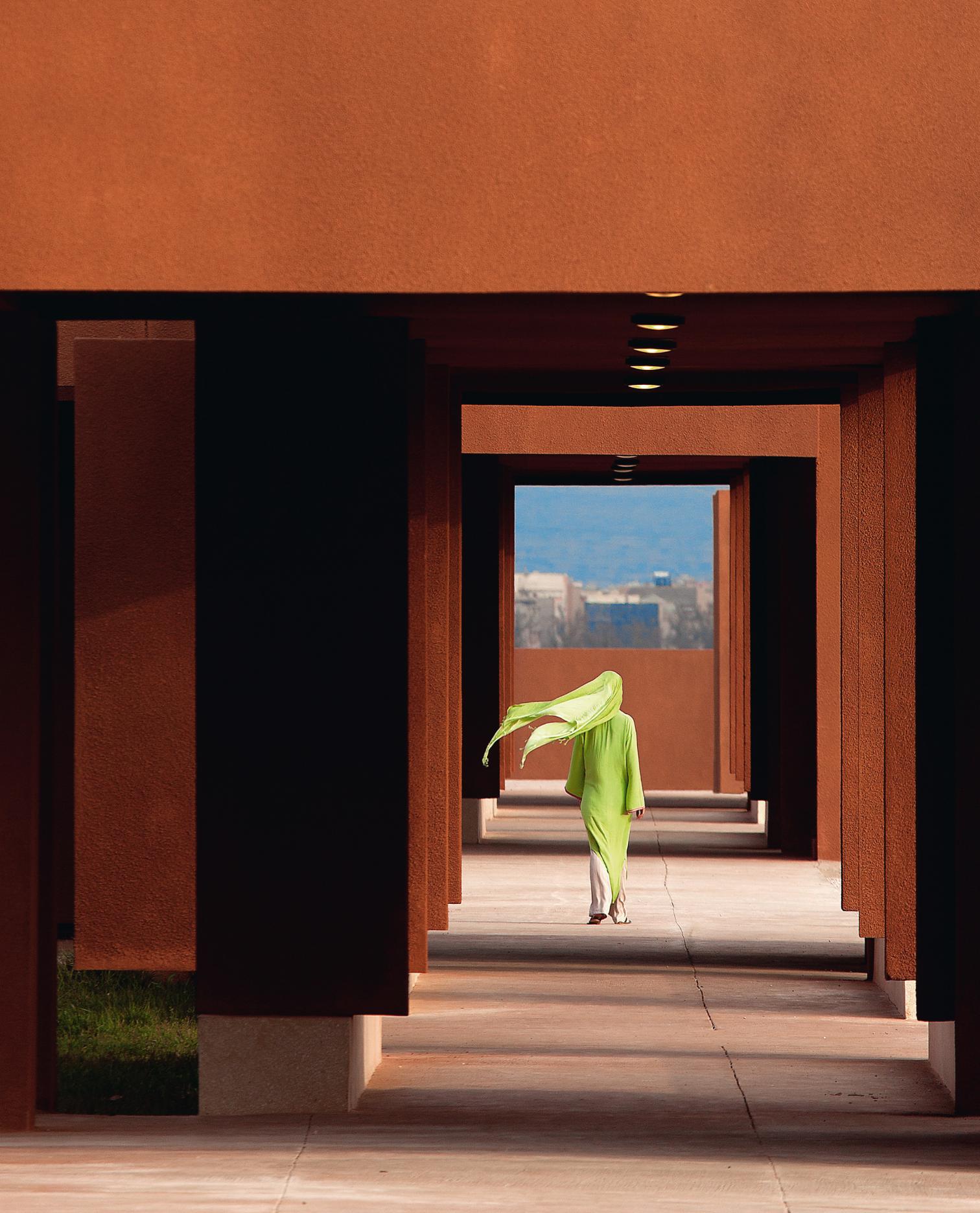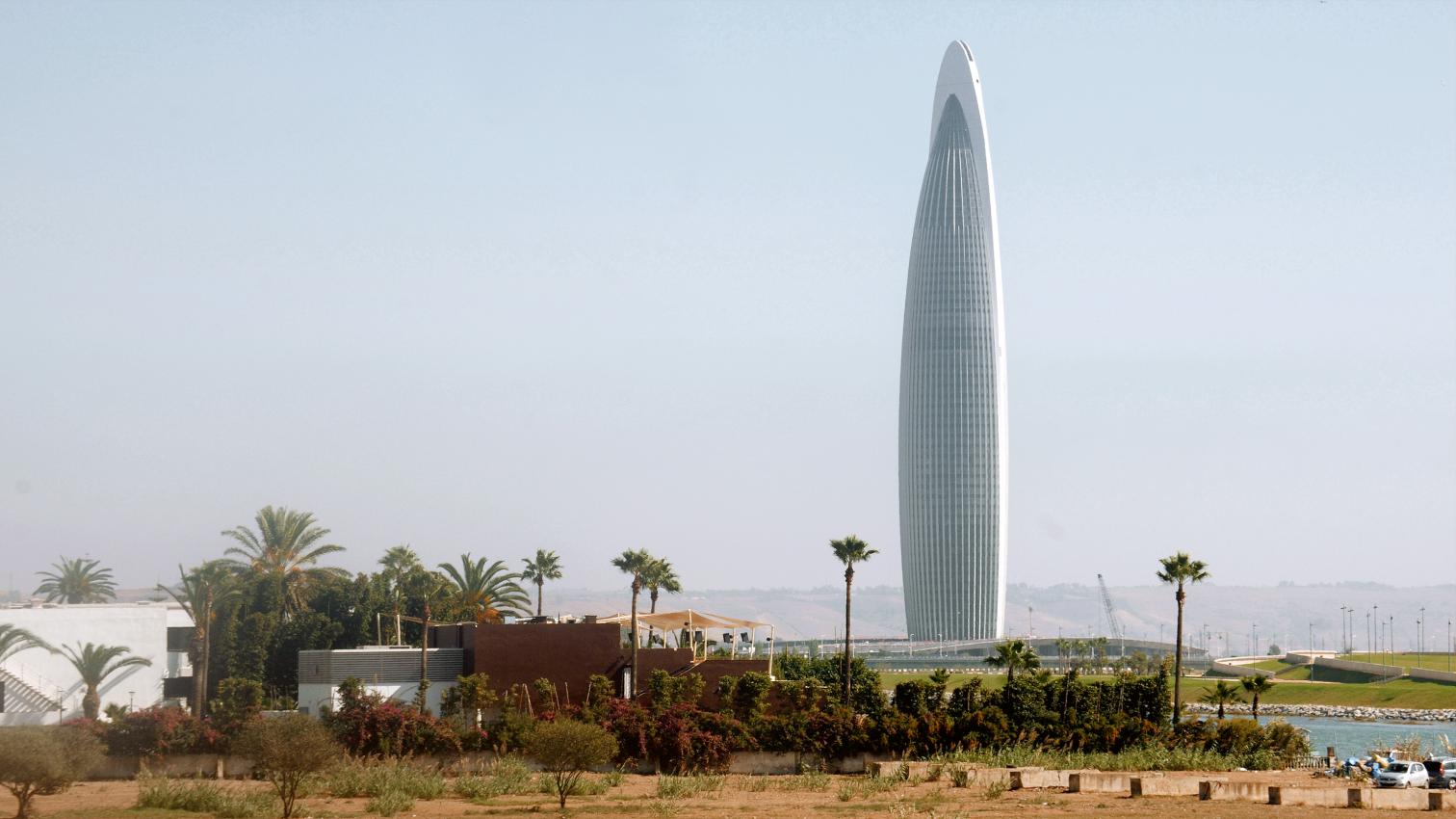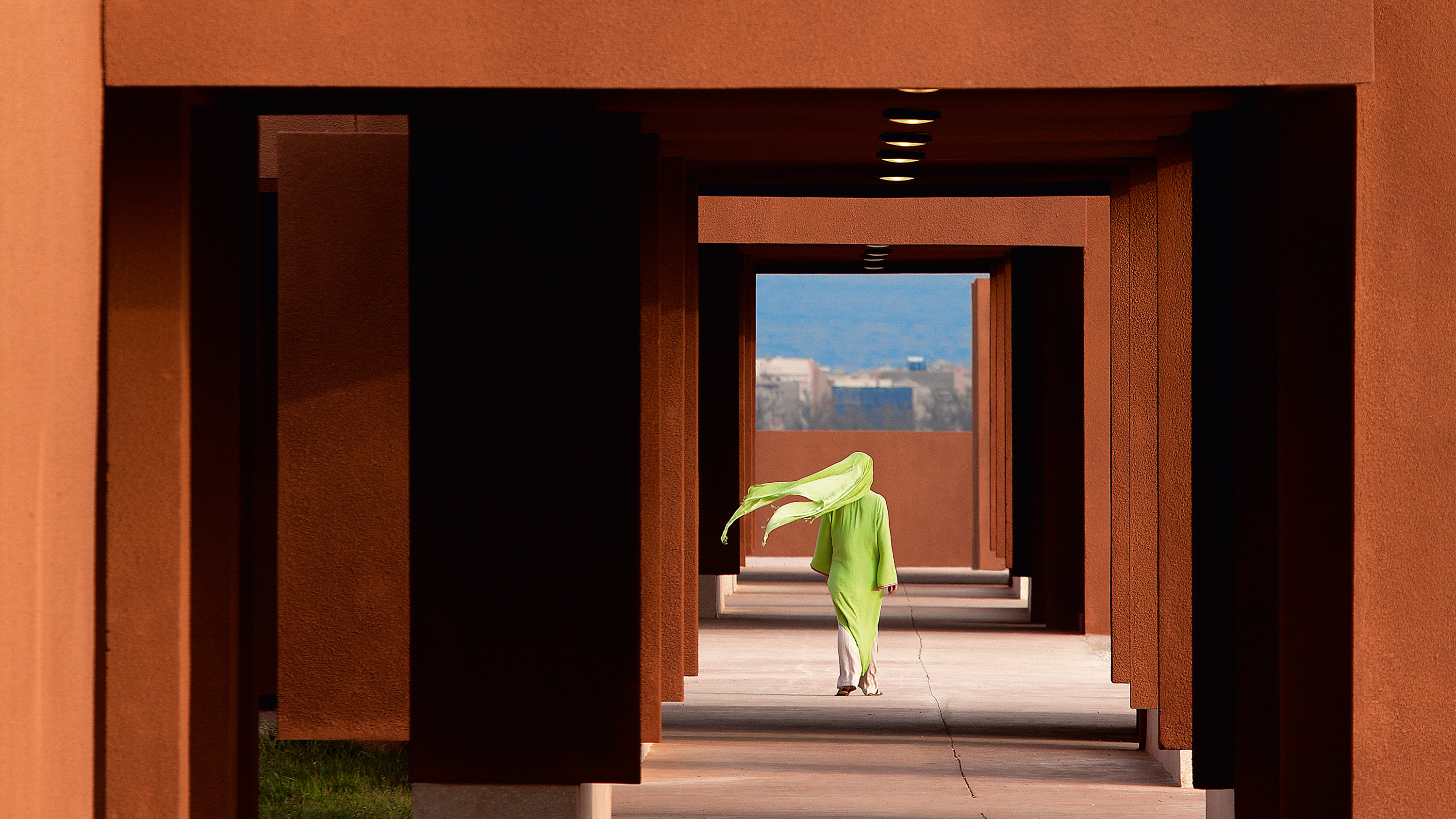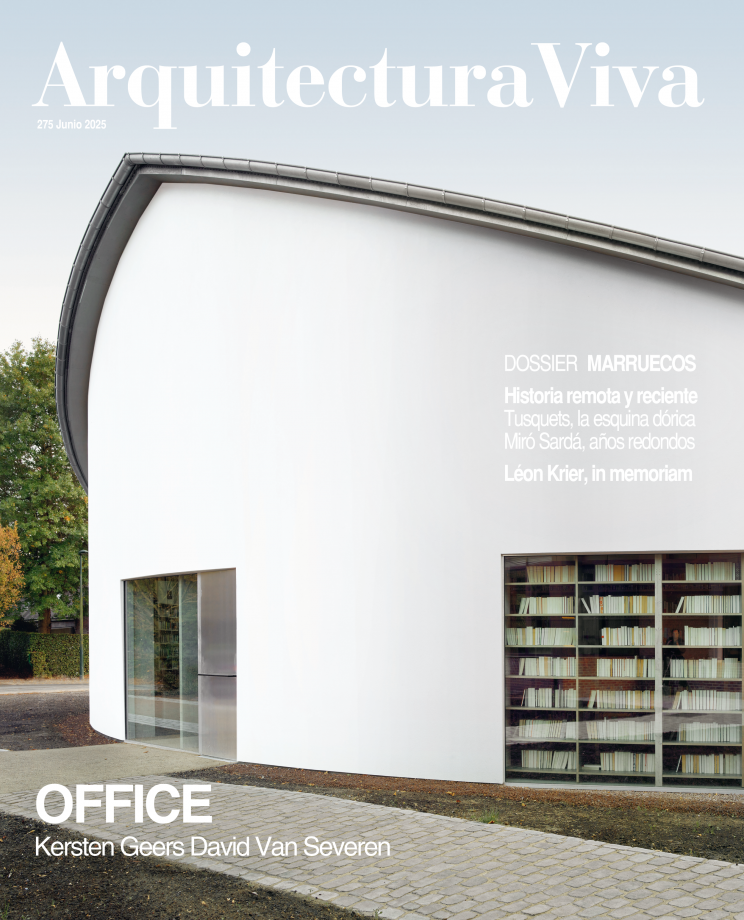Inheritance and mutation
Five Works in Morocco

Saad El Kabbaj, Driss Kettani and Mohamed Amine Siana, University Campus, Tarudant
For several decades Morocco has been undergoing a profound transformation, driven by new territorial, climatic, and geopolitical dynamics. And in a country where millenarian medinas are to coexist with colossal urban projects, architecture has become a means for expressing this rich tension between tradition and modernity, between native roots and global ambitions.
Molded for so long by Moorish, Berber, and colonial influences, the nation’s built landscape is being redesigned to meet unprecedented challenges: rapid urbanization, regional imbalances, energy transition, and the impacts of globalization. The paradigm shift has also permeated the new crop of professionals – locals and foreigners alike – working throughout the country and doing what they can to reconcile identity, contemporary demands, and environmental responsibility.
Morocco has thus become an authentic laboratory of architecture. Many projects are harnessing the resources of the land – whether materials available close by, vernacular techniques, or bioclimatic-adaptation systems – in imagining new forms of spatiality; others, in contrast, deliberately take on a certain monumentality in tackling prestigious commissions that dream of putting the country in the league of signature constructions, albeit often at the cost of distancing themselves from the contexts of sites.
It is the duality of the Moroccan scene that this dossier wants to illustrate. While Université Mohammed VI Polytechnique in Ben Guerir, designed by Bofill Taller de Arquitectura, represents the nation’s desire to modernize through education and technological innovation, the interpretation center of the Roman city of Volubilis, by Oualalou+Choi, takes a more contextual approach, respecting the archaeological footprint, the landscape, and the existing material mark. For their part, the Musée Yves Saint Laurent in Marrakech, a work of Studio KO, combines references to heritage with a contemporary grammar, and the new Guelmim Airport by Groupe3Architectes demonstrates the strategic role that architecture has the potential to play in the implementation of policies for the development and opening-up of regions. Finally, the revitalization of Place Lalla Yeddouna by Mossessian Architecture and Yassir Khalil in the historic medina of the city of Fez achieves an elegant rapport between urban memory and the remodeled public space.
From the skyscrapers of Rabat and Casablanca to the discreet, modest civic buildings of more remote places, Moroccan architecture in these times reflects in all its diversity the grand aspirations of a kingdom in full swing of mutation, in which the key words are: preserve, reinterpret, and design. Written on a palimpsest between stones, light, and tradition.

Rafael de La-Hoz, Mohammed VI Tower, Rabat






